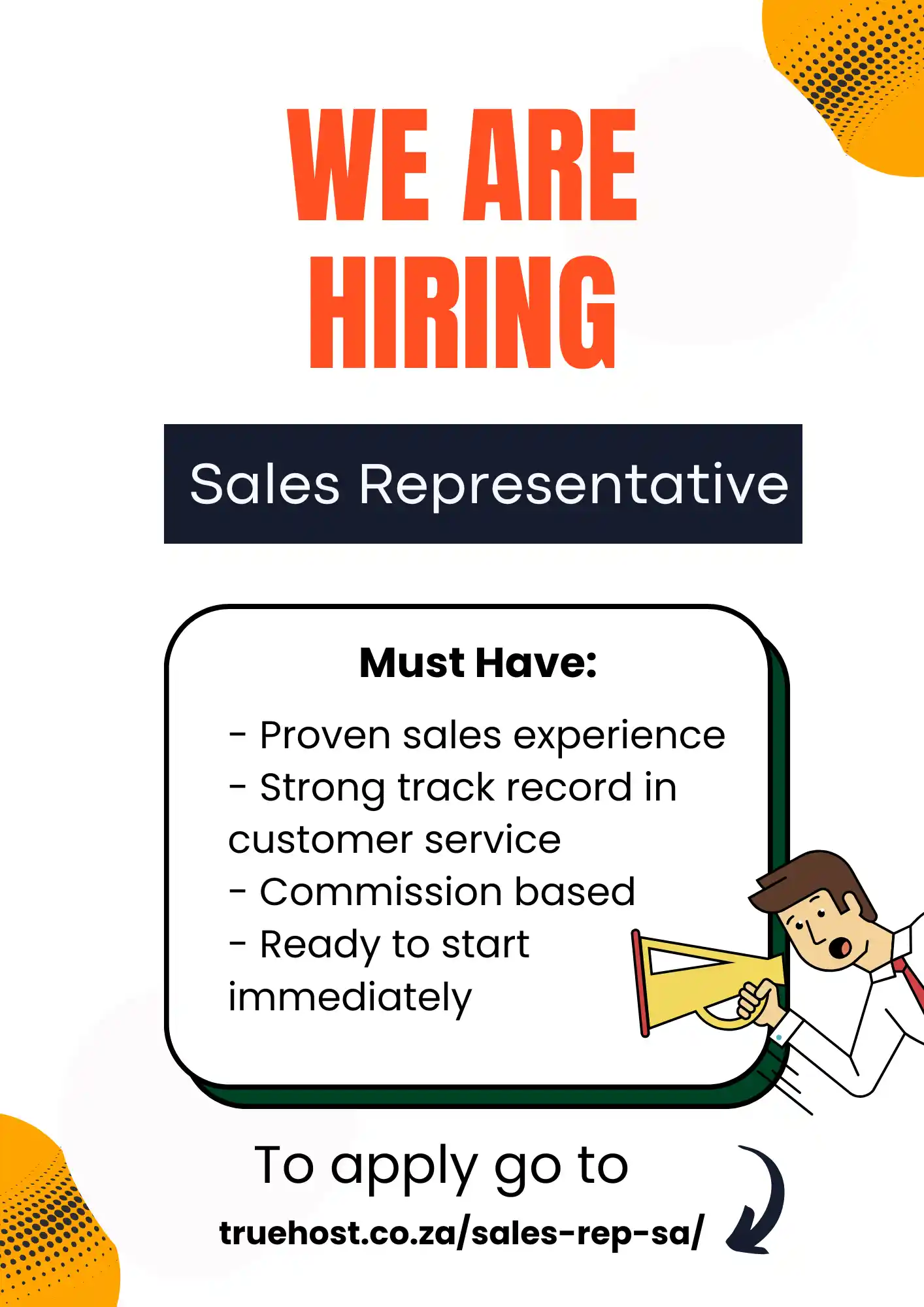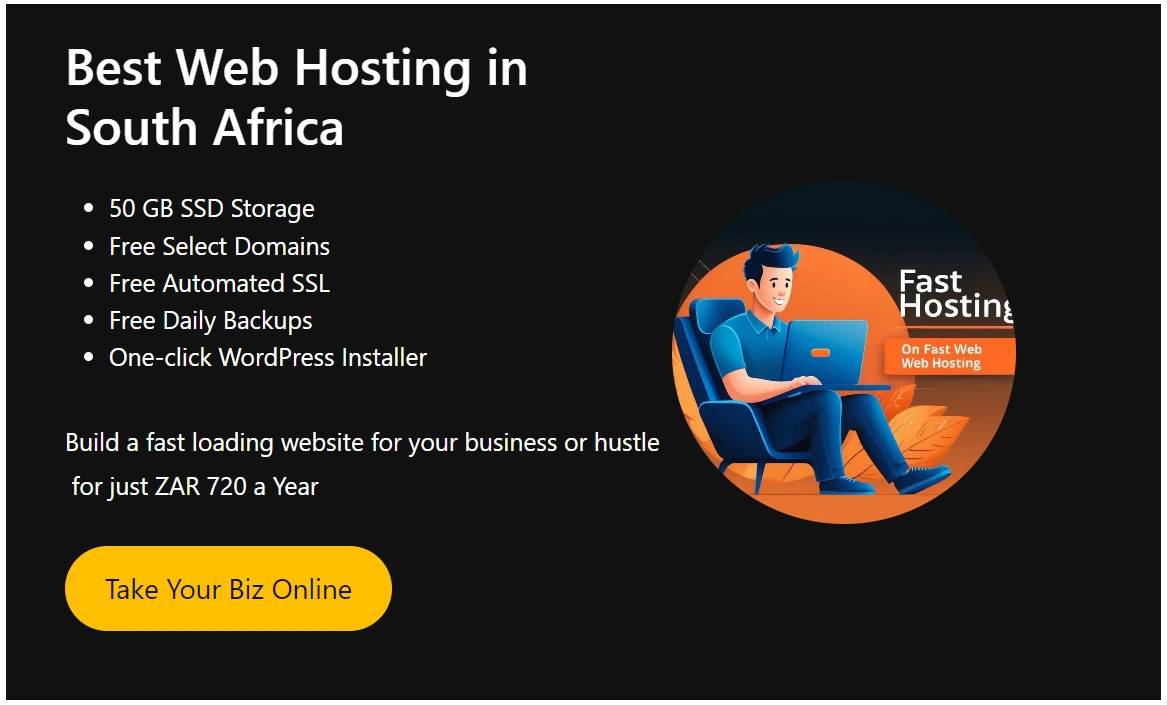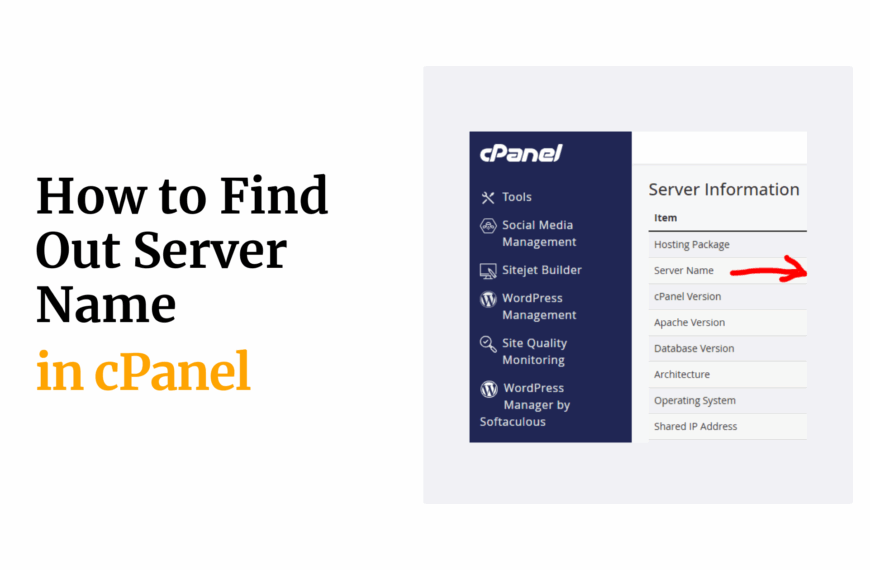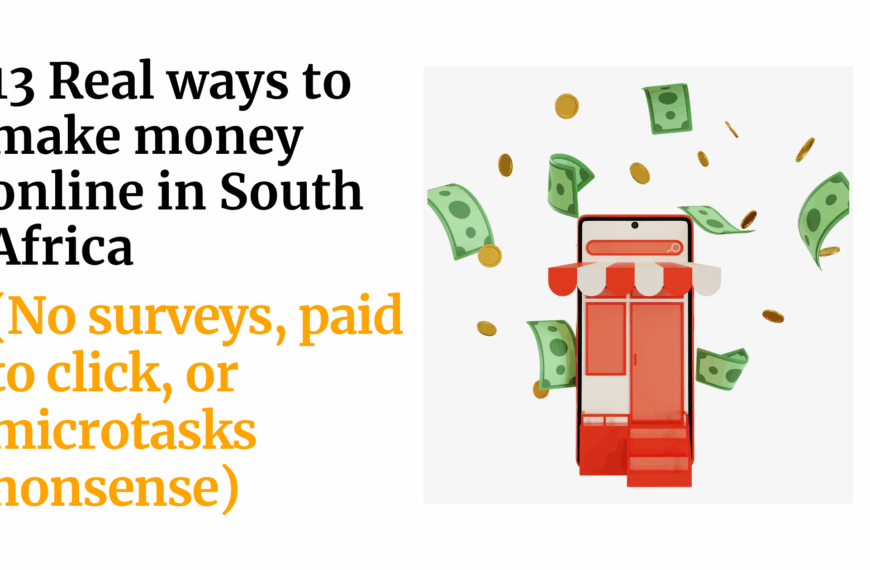So, you’re thinking about selling on Takealot. You’ve heard the whispers: “massive customer base,” “easy to get started,” “potential goldmine.”
But you’re smart.
You don’t buy into hype.
You want the cold, hard truth.
Is Takealot really worth your time and effort?
The short answer? It depends.
(Don’t worry, I’m not gonna leave you hanging with a wishy-washy answer like that. Keep reading.)
This isn’t some feel-good seminar where everyone gets a participation trophy.
This is about making money.
And to do that, you need to think like a lion, not a meerkat.
Lions are strategic, dominant, and they go for the jugular. Meerkats? They just scurry around hoping for scraps.
Let’s break down the Takealot jungle and see if it’s the right hunting ground for you.
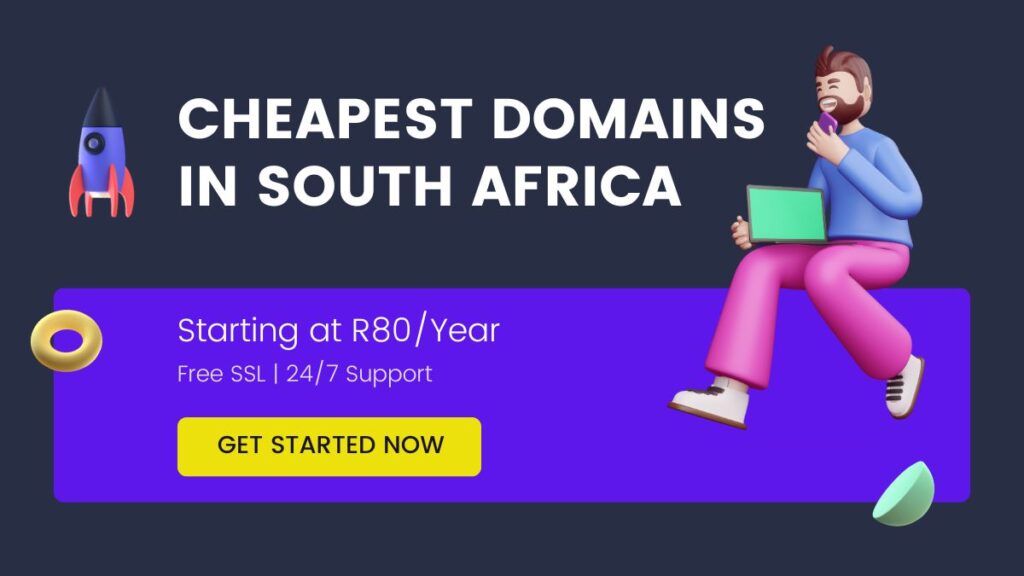
Table of Contents
Selling on Takealot: Opportunity or Overcrowded?
Takealot is the 800-pound gorilla of South African e-commerce.
- Massive reach: Millions of customers. Think about it – that’s a potential audience bigger than most cities in South Africa.
- Built-in trust: People already trust Takealot. They know the platform, they know the return policy, and they’re ready to buy.
- Logistics handled: Takealot handles warehousing, shipping, and customer service. That’s a HUGE time-saver, especially when you’re starting.
Sounds like a dream, right? Not so fast.
- Competition is fierce: Everyone and their grandma is trying to sell on Takealot. You’re not just competing with other small businesses, you’re up against major brands with deep pockets.
- Fees can bite: Takealot takes a cut of every sale. And there are other fees too – fulfillment, storage, penalties. Those fees can eat into your profits faster than a hungry lion on a gazelle.
- Price wars are common: Takealot is a price-sensitive market. You might find yourself in a race to the bottom, slashing prices just to stay competitive.
So, what’s the verdict?
Takealot can be a goldmine, but it’s not for everyone. It’s perfect for:
- Businesses with unique products: If you have something unique, something that stands out from the crowd, you can command higher prices and avoid the price wars.
- Businesses with strong margins: If your profit margins are healthy, you can absorb Takealot’s fees and still make a decent profit.
- Businesses ready to scale: Takealot can handle massive volume. If you’re ready to grow your business exponentially, Takealot can be the rocket fuel you need.
Not a good fit for:
- Businesses with low-margin products: If you’re selling commodity products with thin margins, Takealot’s fees will likely eat you alive.
- Businesses that rely on branding: Takealot’s platform is pretty standardized. You don’t have a lot of control over your brand presentation.
- Businesses that can’t handle competition: If you’re not comfortable competing in a crowded marketplace, Takealot might not be the right place for you.
How To Dominate Takealot As A Seller (Strategies)
Okay, so you’ve decided to take the plunge.
You’re ready to enter the Takealot arena. Here’s how to become a gladiator, not a spectator:
1. Product Selection
- Unique is king: Find a product that’s different, something that solves a problem or fills a gap in the market.
- Demand is queen: Do your research. Make sure there’s actual demand for your product. Don’t just sell what you think people want.
- Profit margin is the muscle: Calculate your costs carefully. Make sure you have enough margin to absorb Takealot’s fees and still make a profit.
What to do:
- Use Google Trends to see what people are searching for.
- Spy on your competitors. What are they selling? What are their prices?
- Don’t be afraid to niche down. Sometimes, the smaller the niche, the bigger the opportunity.
2. Pricing
- Competitive, but profitable: Find the sweet spot. You need to be competitive, but not so cheap that you’re losing money.
- Factor in ALL costs: Don’t forget about Takealot’s fees, shipping costs, and your own overhead.
- Consider promotions: Discounts and bundles can attract customers and boost sales.
What to do:
- Use Takealot’s pricing tools to see what your competitors are charging.
- Offer free shipping to entice buyers.
- Run limited-time promotions to create urgency.
3. Listing Optimization
- Keywords are key: Use relevant keywords in your product title and description. This will help people find your products when they search on Takealot.
- Images are everything: Use high-quality images that show your product in its best light.
- Description is your closer: Write a clear, concise, and persuasive product description. Highlight the benefits of your product and answer any potential questions.
What to do:
- Use tools like Google Keyword Planner to find relevant keywords.
- Hire a professional photographer to take great product photos.
- Read your description out loud to make sure it flows well.
4. Fulfillment
- Fast and reliable: Customers expect fast shipping. Make sure you can deliver.
- Inventory management: Keep track of your inventory and avoid stockouts.
- Customer service: Be responsive to customer inquiries and resolve any issues quickly.
What to do:
- Use Takealot’s fulfillment services to streamline the process.
- Set up email notifications for low stock levels.
- Respond to customer inquiries within 24 hours.
5. Marketing
- Takealot ads: Use Takealot’s advertising platform to reach more customers.
- Social media: Promote your products on social media.
- Content marketing: Create valuable content that educates and engages your target audience.
What to do:
- Experiment with different ad campaigns to see what works best.
- Run contests and giveaways on social media.
- Write blog posts or create videos about your products.
Some Takealot Tools To Sharpen Your Claws
- Seller Portal: This is your command center. You can manage your listings, track your sales, and communicate with customers.
- Pricing Tool: See what your competitors are charging and adjust your prices accordingly.
- Advertising Platform: Run targeted ads to reach more customers.
- Fulfillment Services: Let Takealot handle your warehousing and shipping.
Adopt The Lion’s Mindset
Selling on Takealot is a battle.
But with the right strategy, the right tools, and the right mindset, you can conquer the competition and claim your share of the spoils.
Remember:
- Think long-term: Building a successful business on Takealot takes time and effort. Don’t expect overnight success.
- Adapt and evolve: The e-commerce landscape is constantly changing. Be prepared to adapt your strategy as needed.
- Never stop learning: Stay up-to-date on the latest Takealot policies and best practices.

Takealot Got You Growling? Top 5 Alternatives Make Money Selling Online in South Africa
Takealot’s the big guy, the 800-pound gorilla. But maybe you’re tired of their fees, their policies, or the cutthroat competition. Maybe you just want to explore your options.
Good.
Lions don’t limit themselves to one hunting ground.
They’re always looking for the best opportunity.
Here are 5 Takealot alternatives to sink your claws into:
1. Bid or Buy
Bid or Buy is like the wild west of South African ecommerce. It’s an auction site, so you can snag deals or list your own products and let the buyers battle it out.
Why it’s a roaring good time:
- Less competition: Fewer sellers mean more eyeballs on your products.
- Unique selling format: Auctions create excitement and urgency.
- Potential for higher profits: If you play your cards right, you can sell your products for a premium.
But beware:
- Auction fees: Bid or Buy takes a cut of every sale.
- Slower sales: Auctions can take time to complete.
- Shipping logistics: You’re responsible for shipping your products.
Best for:
- Unique or rare items
- Sellers who enjoy the thrill of the auction
- Businesses with strong negotiation skills
2. Superbalist
Superbalist is the go-to destination for fashion, beauty, and homeware. If your products fit those categories, this is your hunting ground.
Why it’s a stylish choice:
- Targeted audience: Reach fashion-conscious shoppers.
- Strong brand reputation: Superbalist is known for quality and style.
- Marketing support: Superbalist actively promotes its sellers.
But watch out for:
- Niche focus: Not ideal for products outside of fashion, beauty, and homeware.
- Competition from established brands: You’ll be up against some big names.
- Commission fees: Superbalist takes a percentage of each sale.
Best for:
- Fashion brands
- Beauty products
- Home décor and accessories
3. Loot.co.za
Loot.co.za is all about deals and discounts. If you can offer competitive prices, this platform can be a goldmine.
Why it’s a treasure trove:
- Price-sensitive audience: Attract bargain hunters.
- Wide product range: Sell almost anything on Loot.co.za.
- Growing customer base: Loot.co.za is rapidly expanding.
But be aware of:
- Price pressure: You’ll need to offer competitive prices to succeed.
- Marketing costs: You may need to invest in advertising to stand out.
- Fulfillment options: Choose between self-fulfillment or using Loot’s fulfillment services.
Best for:
- Discounted products
- Sellers with strong inventory management
- Businesses that can handle high volume sales
4. Makro
Makro is a wholesale giant, but they also have an online marketplace for third-party sellers.
Why it’s a big deal:
- Access to bulk buyers: Sell to businesses and consumers.
- Established reputation: Makro is a trusted brand in South Africa.
- Fulfillment options: Choose between self-fulfillment or using Makro’s fulfillment services.
But keep in mind:
- Focus on value: Makro customers are looking for good deals.
- Competition from established suppliers: You’ll be competing with major wholesalers.
- Fees and commissions: Makro charges fees for listing and selling products.
Best for:
- Wholesale products
- Bulk discounts
- Businesses with strong supply chains
5. Your Own Website
Don’t forget the most powerful alternative of all: your own website.
Why it’s the ultimate power move:
- Complete control: You set the rules, the prices, and the branding.
- Direct customer relationship: Build a loyal following.
- No platform fees: Keep all the profits.
But be prepared for:
- Higher startup costs: You’ll need to invest in website development and marketing.
- More responsibility: You’ll handle everything from website maintenance to customer service.
- Building traffic: Driving traffic to your website takes time and effort.
Best for:
- Established brands
- Businesses with a strong online presence
- Long-term growth and sustainability
The Bottom Line:
Takealot is just one piece of the puzzle. Explore your options, find the platform that fits your business, and dominate your own corner of the South African ecommerce jungle.
Read also:
 Web Hosting
Web Hosting Windows HostingBuilt for Windows apps and websites – stability, speed and flexibility
Windows HostingBuilt for Windows apps and websites – stability, speed and flexibility Reseller HostingLaunch a hosting business without technical skills or expensive infrastructure
Reseller HostingLaunch a hosting business without technical skills or expensive infrastructure Affiliate ProgramRefer customers and earn commissions from sales across our platform
Affiliate ProgramRefer customers and earn commissions from sales across our platform Domain SearchFind and secure a domain name in seconds with our quick lookup tool
Domain SearchFind and secure a domain name in seconds with our quick lookup tool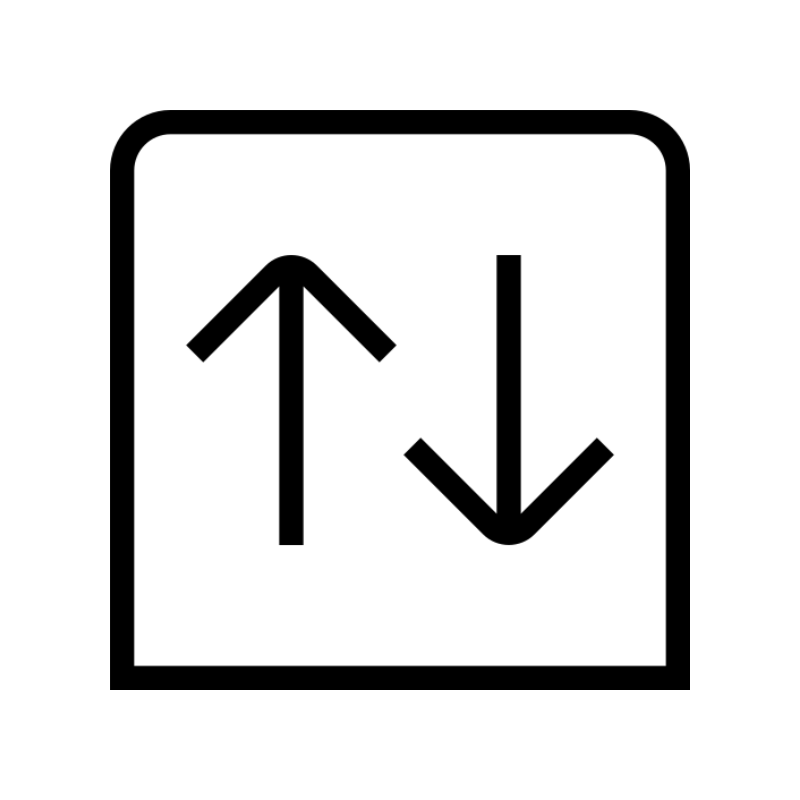 CO ZA Domains
CO ZA Domains All DomainsExplore domain names from over 324 TLDs globally – all in one place
All DomainsExplore domain names from over 324 TLDs globally – all in one place Free Whois Lookup Tool South Africa
Free Whois Lookup Tool South Africa VPS
VPS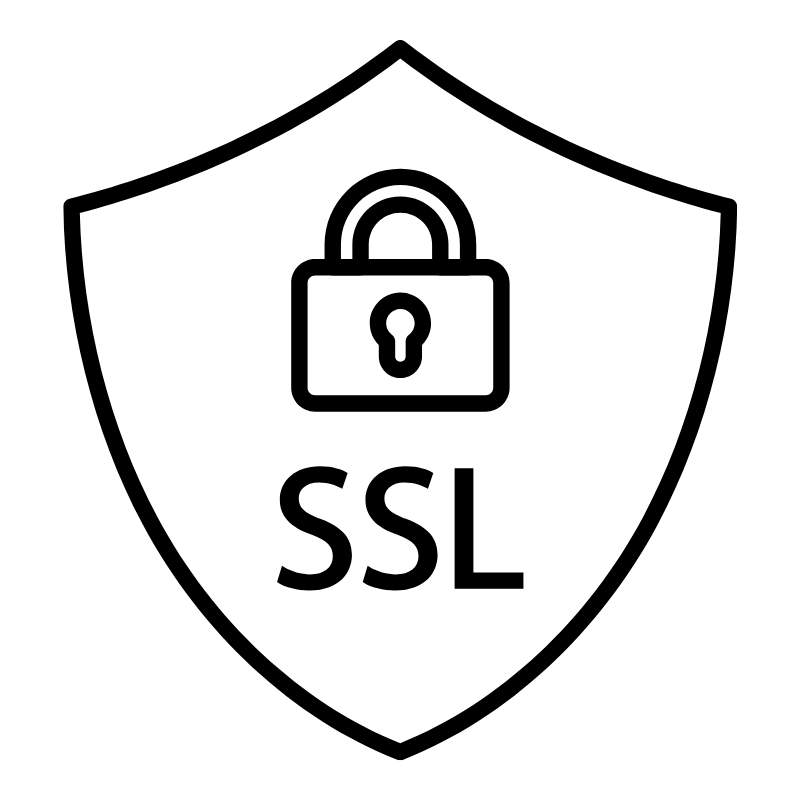 SSLs
SSLs